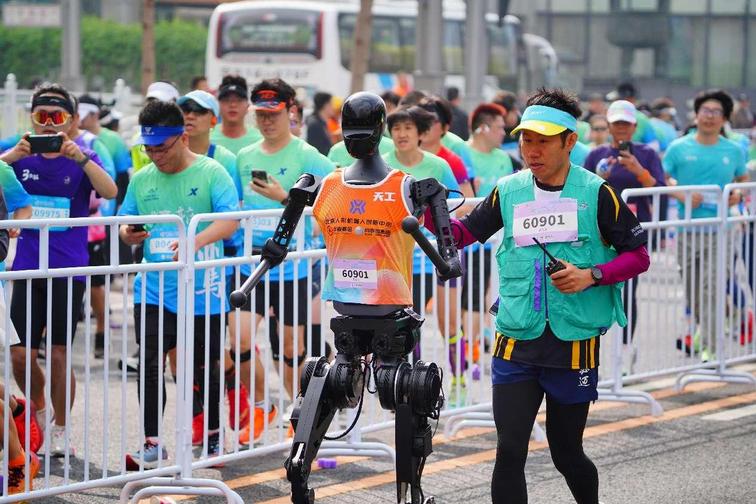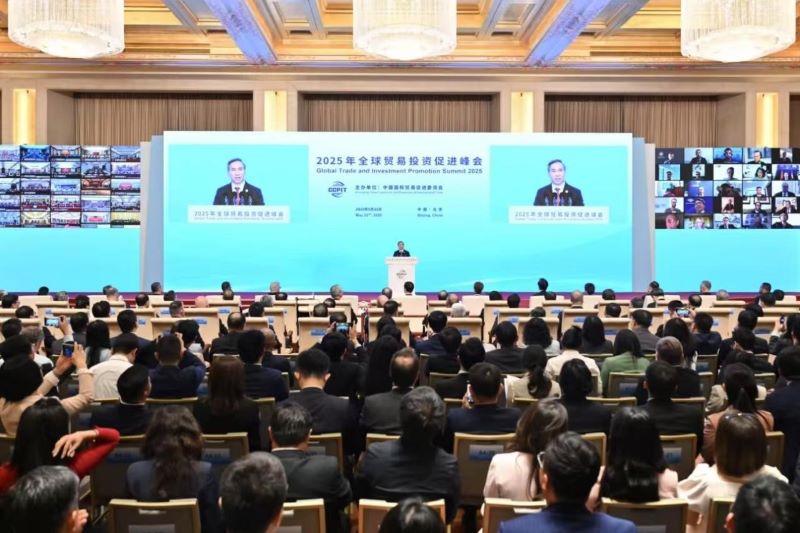Towards a brighter future of human-robot coexistence

Agency : Recently, Beijing hosted the world's first humanoid half marathon, where 20 humanoid robots competed side by side with human athletes, drawing global attention.
This event marked an extreme stress test for Chinese humanoid robotics. Over the 21-kilometer course, each robot executed approximately 250,000 joint movements, revealing critical insights into energy efficiency, thermal management, and motion algorithms. While many robots demonstrated imperfections in movement, these race-exposed challenges will serve as launchpads for technological refinement.
On a broader scale, humanoid robots, representing the convergence of artificial intelligence and advanced robotics, face a far more consequential marathon: adapting to societal needs and contributing to human civilization.
Emerging applications already hint at transformative potential. The Navigator 2.0 robot, developed by the Zhejiang humanoid robot innovation center, demonstrates both conversational capabilities and object manipulation. In industrial settings, humanoid robots are being integrated into workflows as apprentices. These early deployments indicate the potential for transformative impact across various domains of productivity. Though a latecomer in this field, China possesses distinct advantages for leadership.
Such advantages stem from the country's complete industrial system.
A robot comprises over 100 components, and China's comprehensive manufacturing chain enables efficient coordination between research, development, and production. China holds over 190,000 active robotics patents, accounting for roughly two-thirds of the global total, and is home to one-third of the world's top 100 humanoid robotics enterprises. Collaborative innovation among research institutes, tech startups, and manufacturing giants fosters both technological breakthroughs and diverse development pathways.
A huge talent pool also provides sustained momentum for advancement.
With over one-third of global STEM (science, technology, engineering, and mathematics), the country maintains a strong engineering foundation capable of addressing technical bottlenecks while enhancing cost-efficiency. Strategic alignment of industrial and innovation chains creates synergistic momentum for commercialization.
The domestic market also serves as a significant engine of growth.
China's humanoid robot market is projected to reach 5.3 billion yuan ($738.1 million) this year, with doubled annual growth. Complex real-world scenarios, from assembly lines and museum guides to home assistance and power grid troubleshooting, are fostering rapid technological maturation. As technology advances and costs decline, these machines promise to unlock unprecedented economic potential.
The advancement of embodied intelligence, particularly humanoid robotics, requires coordinated action between government and industry. Beijing, Shanghai, and Shenzhen have implemented targeted industrial policies. Enhanced policy guidance, cross-sector collaboration, and expanded applications of robotics will strengthen China's innovation capabilities and product ecosystems.
More than 80 years ago, science fiction writer Isaac Asimov proposed the "Three Laws of Robotics" -- a robot may not injure a human being, must obey the orders given by human beings except where such orders would conflict with the First Law, and must protect its own existence as long as such protection does not conflict with the First or Second Law.
As technology continues to innovate and develop, science fiction scenarios increasingly become reality, and public understanding of humanoid robots continues to deepen. By creating more intelligent humanoid robot products and expanding the ethical space for human-machine coexistence, humanity will surely run toward a brighter future in this ongoing "human-robot" marathon.
-By Meng Fanzhe, People's Daily















प्रतिकृया दिनुहोस